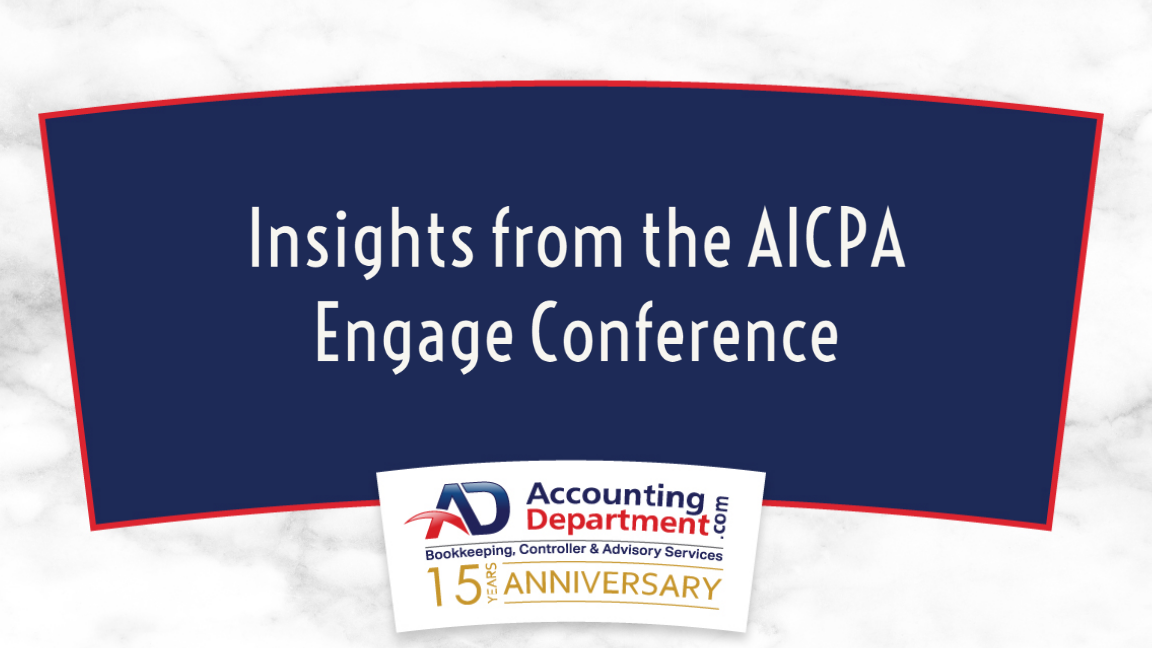In the past year, there have been notable transformations in the compliance sector. The financial services industry has experienced increased regulatory oversight, resulting in regulators imposing unprecedented fines on firms in 2022. As a result, companies are facing significant difficulties in adhering to compliance regulations due to the immense pressure to meet the ever-changing standards.
In addition, compliance experts are encountering a myriad of new obstacles and threats, such as bad actors incorporating novel technologies like cryptocurrencies into their tactics. Between regulatory modifications that must be followed and the heightened pressure to avoid penalties by ensuring accuracy, anti-money laundering procedures are now being scrutinised more comprehensively than ever before.
The findings suggest that there is a necessity for industry-wide reform. Our recent survey emphasised this point, revealing that 78% of participants believe that there is room for improvement in the anti-money laundering (AML) process. What are the current obstacles faced by compliance professionals? And how can companies modify their practices to overcome these challenges?
The complexity of compliance
There are many paths money can take to make the journey from dirty to clean. Money launderers can use complex transaction structures, layering techniques and cross-border movements to obscure their money trail. For companies, mapping out this trail can require advanced analytics and expertise, adding to the complexity of compliance efforts and resources they may not have.
This difficulty is enhanced when dealing with complex entity structures. In these cases, the ultimate beneficial owner (UBO) — the person(s) who owns a company, trust or asset — can be unknown or concealed through opaque structures such as shell companies. This allows bad actors to hide illicit activities and move funds cross-borders undetected.
The movement of money cross-borders is indicative of the global nature of money laundering — it transcends national jurisdictions. Consequently, organisations have to navigate diverse regulatory frameworks and create compliance protocols that account for varying AML requirements in different regions. This can mean collating documents from each country, often in different languages, and tracking these money networks to pinpoint which regulation applies to which transaction.
Tax havens are a notorious part of this global network. They govern with a lack of transparency and information sharing as a rule to live by, providing an enticing proposition to money launderers and tax dodgers. This includes ultra-high-net-worth individuals who usually have numerous bank accounts, investment portfolios and property holdings across multiple countries. These many layers of complexity all add to the pressure on companies for conducting proper customer due diligence.
A changing of guard
There are two developments in particular that have altered the compliance profession. The first is the formation of new wealth types produced by the rise of digital transactions and emerging technologies such as cryptocurrencies and NFTs. These technologies favour anonymity and operate in different ways to traditional forms of money laundering.
This means that compliance officers either don’t have the technological insight on how the process works (unless they live and breathe crypto) or the tools to identify any bad actors involved. As such, the evolving landscape of digital finance demands continuous learning and adaptation, increasing the workload for compliance personnel.
The second is the changing regulatory scene. New rules, such as the EU’s changes to public access to UBO registers, can make the process of acquiring ownership information harder and require companies to have the relevant skills and knowledge to properly carry out due diligence checks in response to such changes. Again, such a shifting landscape demands continuous learning and adaptation.
Both developments are placing an added burden on staffing and resource constraints: compliance departments are faced with the task of recruiting and retaining personnel with the expertise to both understand new wealth types and monitor evolving regulations. This has the knock-on effect of increasing the burden on existing staff as they take on additional responsibilities to bridge the resource gap.
Using tech and building culture
The complexity of cases and changing scope of the profession means methods have to evolve to match these shifts. This centres on a twin strategy of implementing robust AML technology and cultivating a culture of compliance in firms.
AML software can streamline and automate various compliance processes, creating a central database of data that employees can use to monitor cases and flag any suspicious activity. The technology can automatically update in real-time with changing regulations and be equipped with the AML intelligence to break down complex entities and produce UBO charts.
Yet the technology only works to its full effect if firms instil a culture of compliance that is embedded in day-to-day operations. This can be achieved by a top-down commitment from senior management on compliance, regular training and education on common money laundering signs and red flags, and establishing clear communication lines and reporting channels.
With the two working hand in hand, companies can drastically reduce manual and time consuming tasks. As professionals learn and develop with the technology, their AML knowledge grows, and with a central database of compliance information and processes, companies can foster greater collaboration and transparency. This all helps to achieve consistency across the company.
Breaking bad actors
Complex cases, evolving money laundering tactics and increased regulatory scrutiny are adding pressures from all sides on compliance teams. Meanwhile, bad actors are making a break for it by taking advantage of new technologies and loopholes in changing regulations.
As companies try to adapt to these new compliance demands, they need to harness the appropriate tools and support to keep on top of their compliance needs. This emerges from implementing the latest AML software and combining this with a cultural commitment to compliance.
With this approach initiated, they can break down the complex world bad actors love to operate in.




